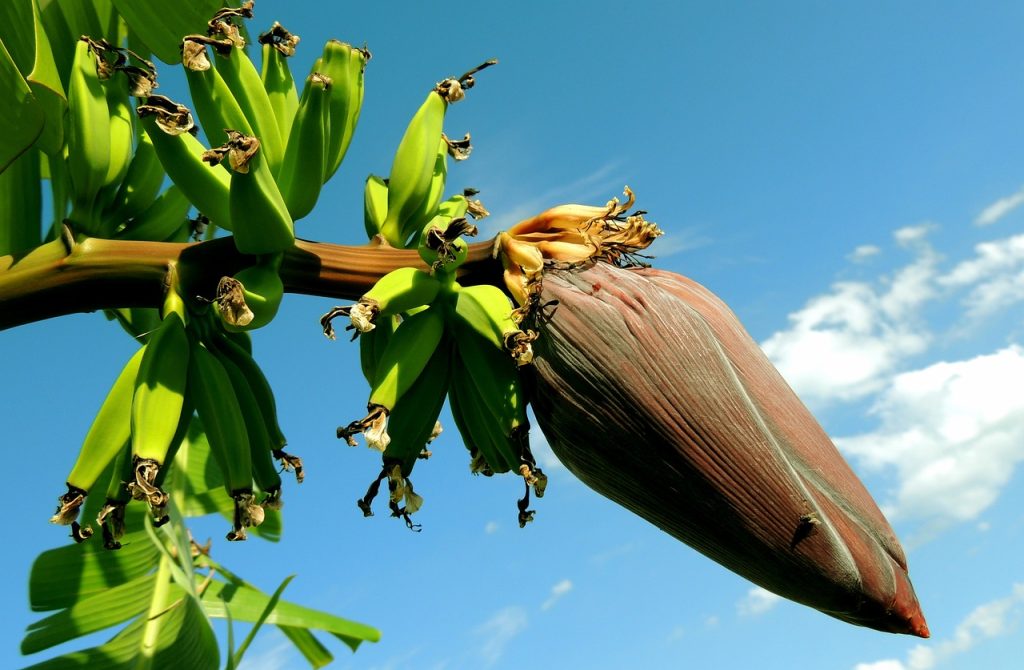In an era where sustainability has become a key driver in every industry, the textile sector is witnessing a remarkable transformation. The traditional reliance on synthetic materials and environmentally harmful practices is being replaced by innovative approaches that prioritize the environment. One of the most promising developments in this area is the utilization of agro-waste and natural fibers in textile production. This shift not only addresses the global waste problem but also redefines how we think about textiles, making them more sustainable, eco-friendly, and innovative.
The Growing Problem of Agro-Waste
Agro-waste, which includes the byproducts of agricultural processes such as banana peels, coconut husks, and corn stalks, is often discarded or burned, contributing to environmental pollution. In developing countries, where agriculture is a significant part of the economy, agro-waste management has become a pressing issue. However, recent advancements in textile technology have opened up new possibilities for turning this waste into valuable resources.
Innovative Uses of Natural Fibers
Natural fibers, derived from plants and animals, have been used in textile production for centuries. However, the modern textile industry’s focus on speed and cost efficiency led to the dominance of synthetic fibers. Now, with a growing emphasis on sustainability, natural fibers are making a comeback. These fibers, including cotton, flax, jute, and hemp, are not only biodegradable but also offer unique properties that synthetic fibers cannot match. For instance, hemp is known for its strength and durability, while flax offers exceptional breathability.
Transforming Agro-Waste into Textiles
The process of transforming agro-waste into textiles involves innovative techniques that harness the inherent properties of natural fibers. For example, banana fibers, which are extracted from the pseudostems of banana plants, are incredibly strong and can be spun into yarn. Similarly, coconut husks can be processed to produce coir, a fiber that is used in the production of mats, brushes, and even upholstery.
These materials are not only eco-friendly but also provide a sustainable livelihood for farmers and rural communities. By adding value to what was once considered waste, the textile industry is creating new economic opportunities while reducing its environmental impact.
Redefining the Textile Industry
The integration of agro-waste and natural fibers into textile production is more than just a trend; it represents a fundamental shift in how the industry operates. Brands and manufacturers are increasingly recognizing the value of sustainable practices, and consumers are becoming more conscious of the environmental impact of their choices. This shift is driving innovation, leading to the development of new materials and production methods that are both sustainable and economically viable.
Looking Forward
As the textile industry continues to evolve, the role of agro-waste and natural fibers will likely become even more significant. With ongoing research and development, these materials will be refined and optimized for a wider range of applications. From fashion to home textiles, the possibilities are endless.

